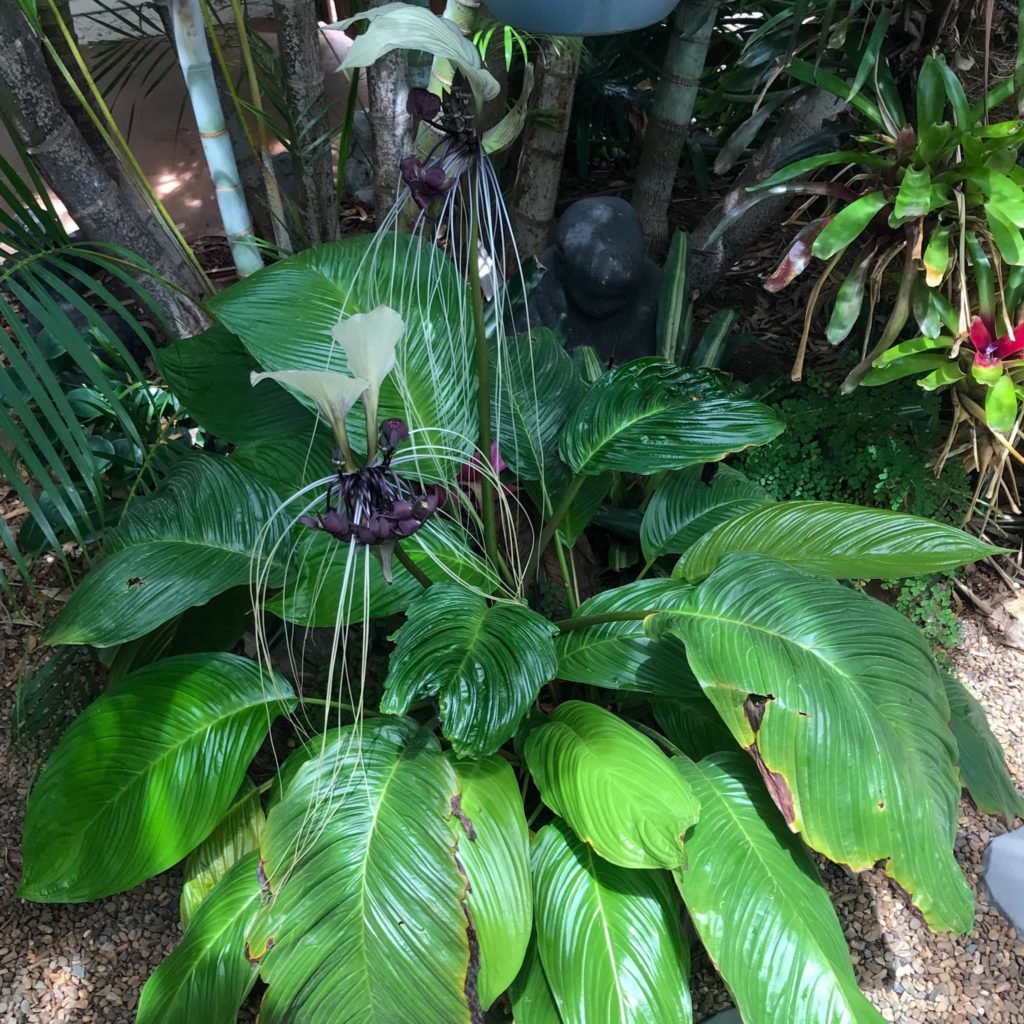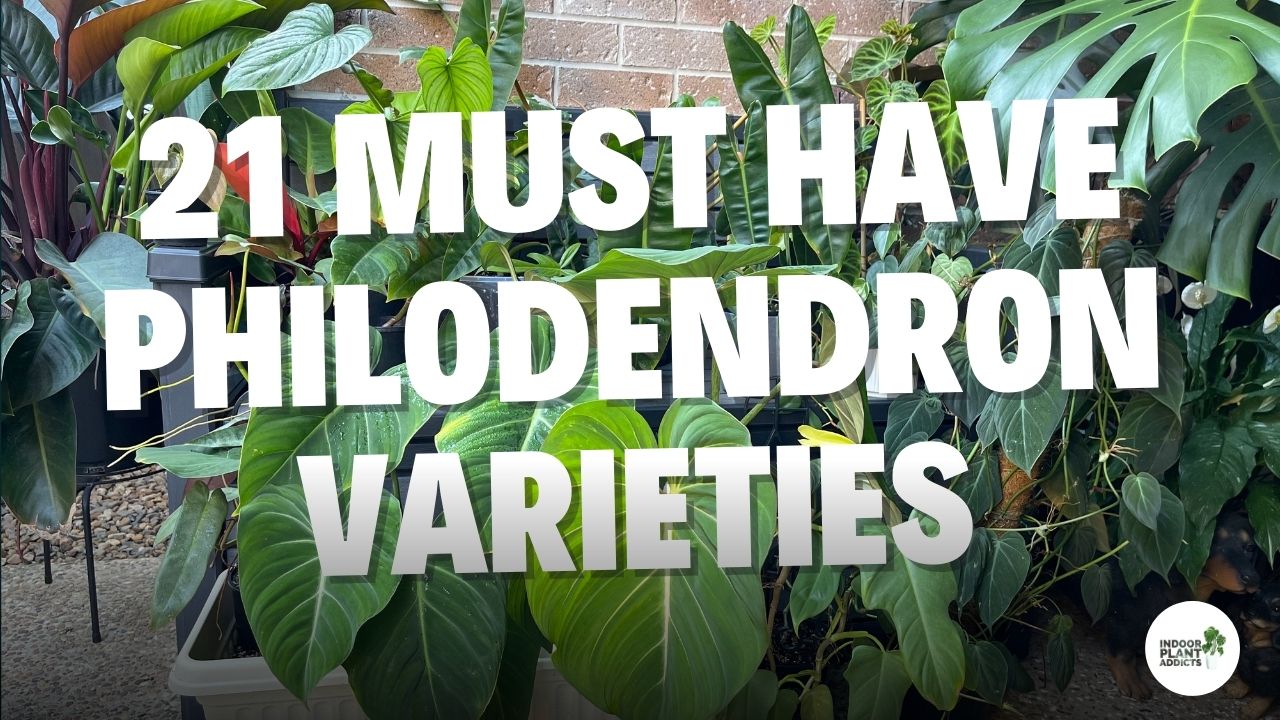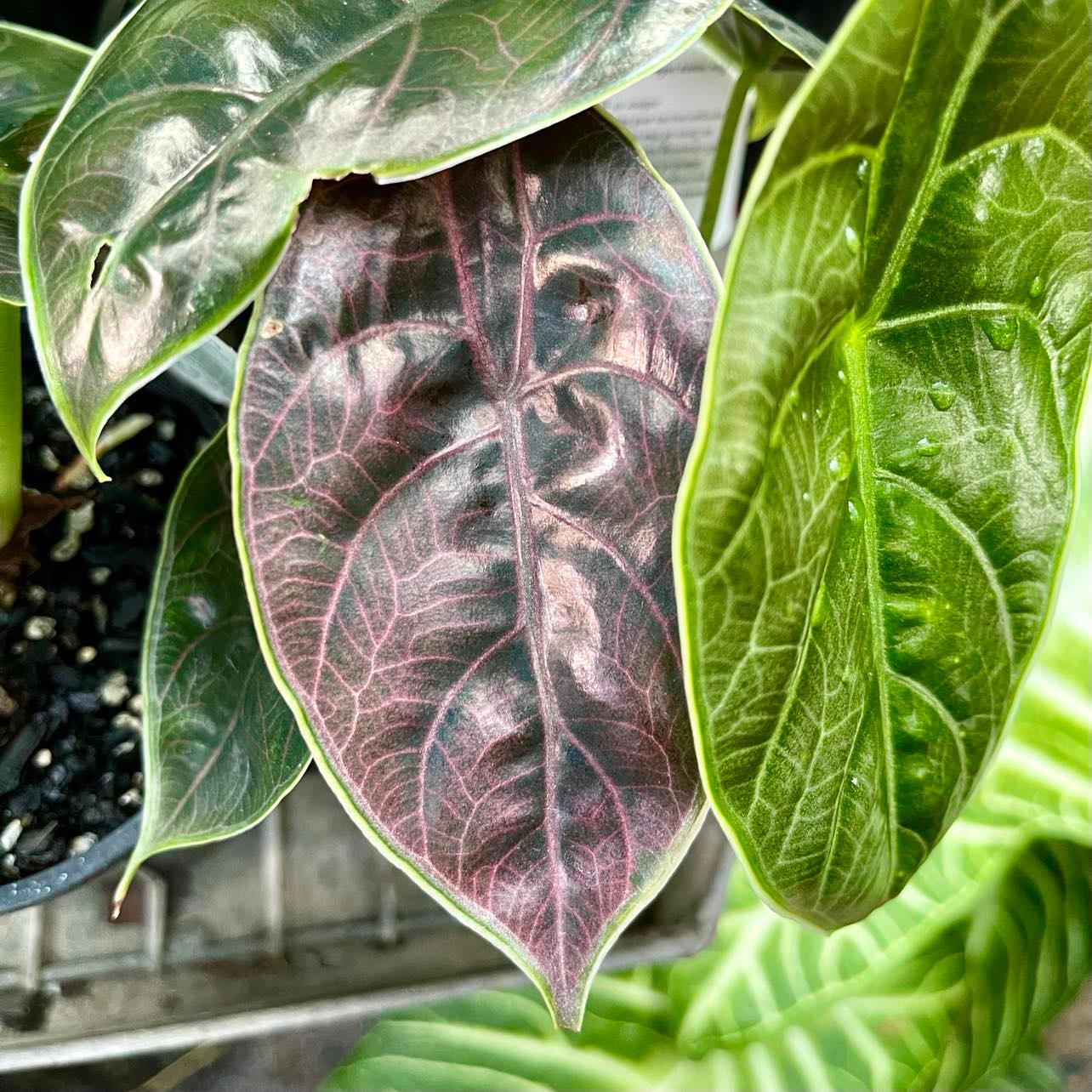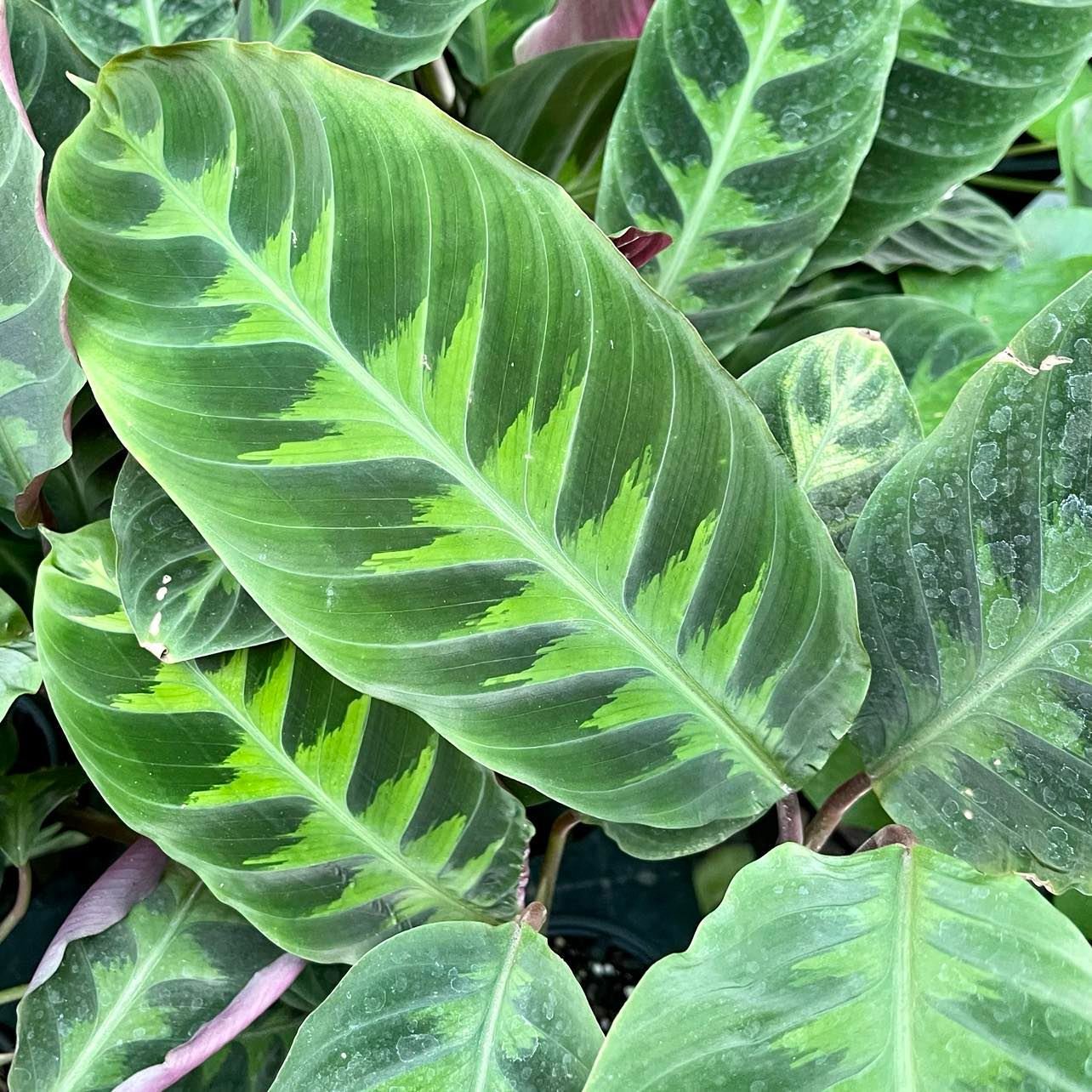Tacca Integrifolia a.k.a Tacca, Bat Flower

White Bat Plant Quick Overview
| Full Size | 2-3 feet |
| Light | Bright indirect |
| Temperature | 70-90˚F (21-32˚C) |
| Humidity | medium-high |
| Cost | $ |
| Care Level | Easy |
| Toxicity | Toxic |
Size
When kept indoors with proper care you can expect your White Bat Plant to reach 2 to 3 feet in length.
Light Requirements
White Bat Plants prefer to be positioned in bright indirect light for best growth and require this to thrive. A sign your bat plant is not getting enough light is stunted or slow growth. This can be resolved by changing the position of your plant to somewhere that better suits its light requirements.
Temperature
White Bat Plants will perform best when in an area which maintains a temperature of 70-90˚F (21-32˚C). Being kept outside of this temperate range for prolonged periods of time can lead to poor plant health.
Humidity
Maintaining a moderate to high humidity will assist in keeping your White Bat Plant happy and healthy. If your plant is housed in a spot with a humidity level consistently outside of this range click here for tips on how to increase or decrease humidity levels.
Watering Requirements
You can expect your White Bat Plant to require water once or twice a week as they like to be kept moist (not wet). When watering your Bat Plant be sure to water thoroughly, allowing water to drain completely. During winter when growth is slow, allow soil to dry out slightly. Aside from solely relying on the watering frequency to tell when your plant is thirsty, a tell tale sign that your Bat Plant needs water is when you notice your plants leaves starting to wilt.
Fertilizing requirements
As a rule of thumb your White Bat Plant should be fertilized every 2 weeks during the growing period (spring and summer). This will assist in keeping your plant alive as well as promote healthy growth.
Soil Requirements
White Bat Plants require a loose, rich, well draining soil. For indoors, you can use an orchid potting mix or you can add perlite to a peat-based potting mix to help improve airflow and drainage.
Diseases & Pests
The most common diseases and pests that you can encounter whilst caring for your White Bat Plant are mealy bugs and root-rot. For a wide range of information on combating a large range of indoor plant diseases and pests click here.
Toxicity
White Bat Plants are considered to be toxic if eaten.




